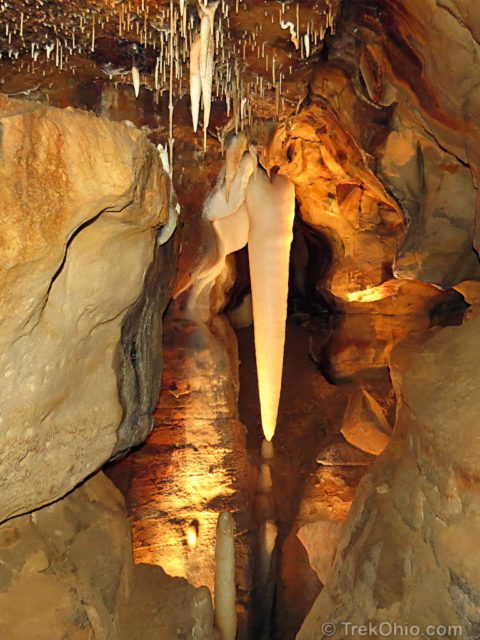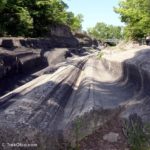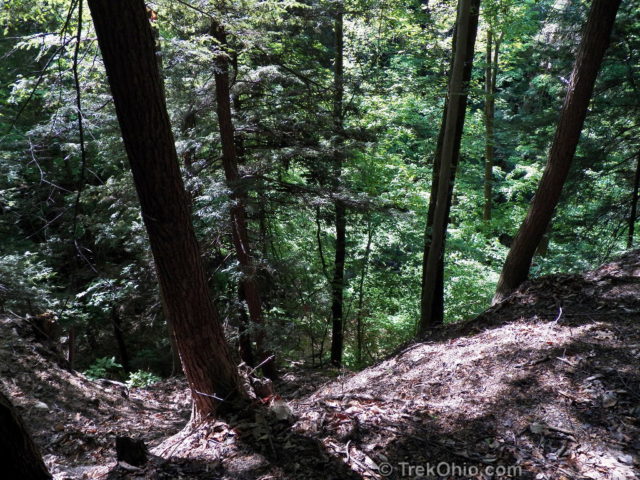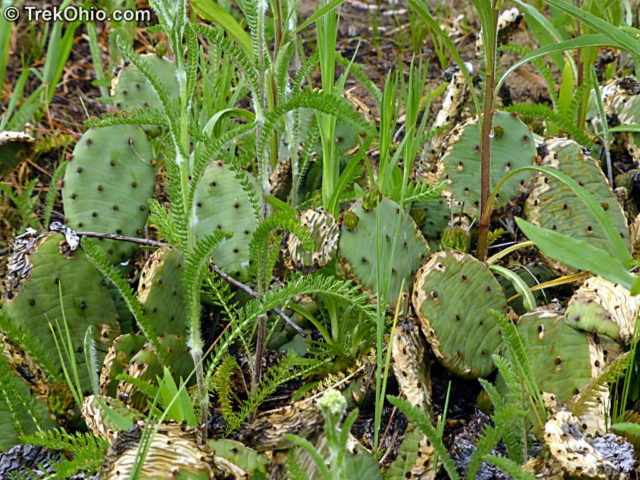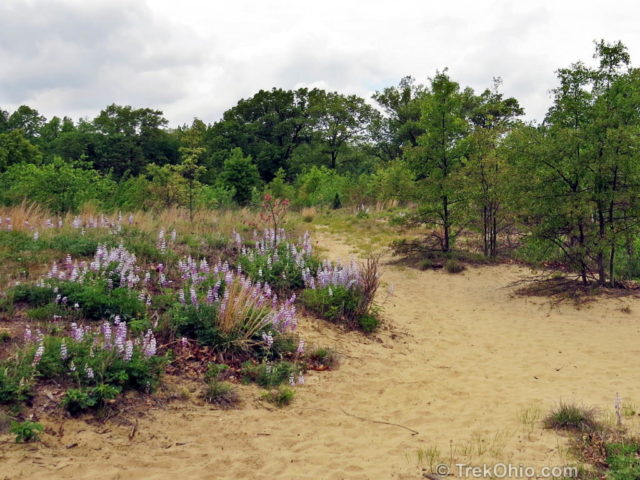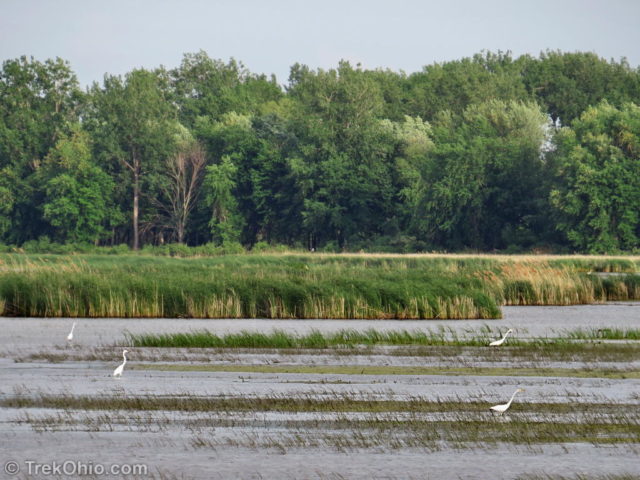Ohio has some scenic wonders – the gorge valley at Old Man’s Cave, rapids and waterfalls at Clifton Gorge, the Glacial Grooves at Kelley’s Island. But how did it all come about? In this article I intend to cover half a billion years of geological history in 10 minutes or less and explain how Ohio became Ohio.
First of all, Ohio has no mountains. But next door in West Virginia is an ancient chain of mountains called the Appalachians that extends from Georgia to Maine. Half a billion years ago, this chain of mountains rivaled today’s Himalaya range. In southeast Ohio, you’ll find hills that comprise part of the foothills of this range. During the time period from 480 to 252 million years ago (known as the Ordovician Period and the Permian Periods) most of Ohio was the sea bottom of vast inland sea. Silt from rivers was deposited on the seabed as were the calcium rich shells and bones of sea creatures. Layers of plant matter from sea plants were also deposited. Beyond that, nothing much happened during this 200+ million year period. Aside from the huge meteor impact in southwest Ohio.
Geologists classify rocks into three broad types: igneous, sedimentary, and metamorphic. Igneous rock is formed from cooling magma, often from volcanoes. The only igneous rocks that we have in Ohio were created in Canada, then carried here by glaciers during the Ice Age. These igneious rocks that were dropped here during the ice age are called glacial erratics.
Continue reading “Ohio Geology in 10 Minutes or Less” →
